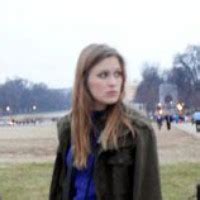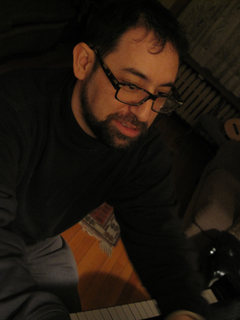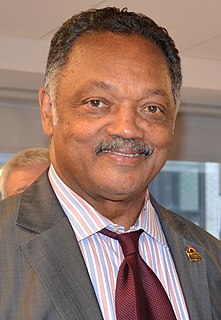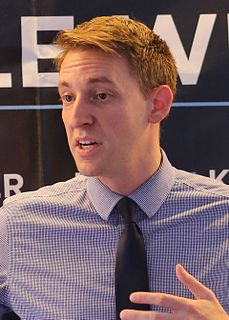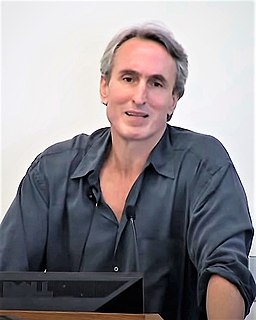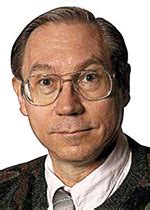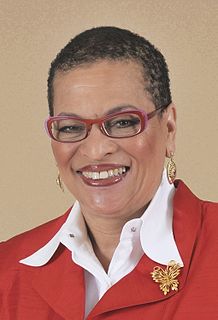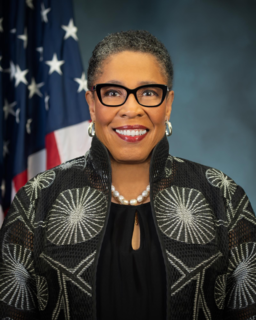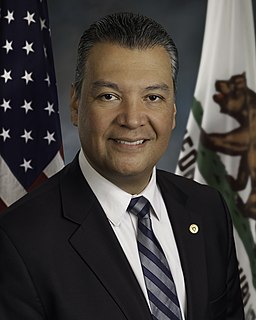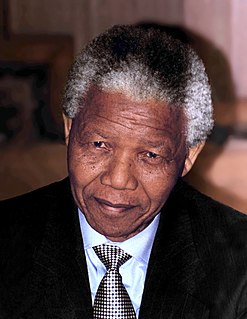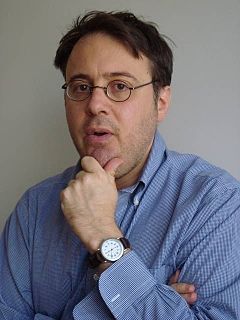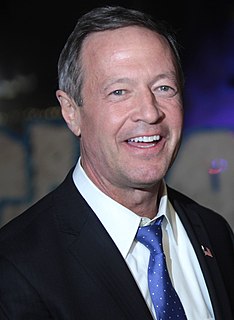A Quote by Elizabeth Flock
Despite allegations by liberal advocacy groups that voter suppression tactics by the right hindered minority voting, blacks represented 13 percent of the electorate in 2012, a percentage about equivalent with 2008.
Related Quotes
The reactionary percentage of the electorate in these United States has been relatively constant since McCarthy's day; I'd estimate it as hovering around 30 percent. A minority, but one never all that enamored of the niceties of democracy - they see themselves as fighting for the survival of civilization, after all.
I was on a panel with light skinned Blacks and a famous gay science fiction writer, who were complaining about how Blacks are against gays and light skinned Blacks and how intolerant Blacks are of different groups. My position was that Blacks were among the most humanistic, tolerant groups in the country and that across the street from my house in Oakland was one inhabited by White gays.
The Hispanic population grew by 4.7 percent last year, while blacks expanded by 1.5 percent and whites by a paltry 0.3 percent. Hispanics cast 6 percent of the vote in 1990 and 12 percent in 2000. If their numbers expand at the current pace, they will be up to 18 percent in 2010 and 24 percent in 2020. With one-third of Hispanics voting Republican, they are the jump ball in American politics. As this vote goes, so goes the future.
By 1940 the literacy figure for all states stood at 96 percent for whites. Eighty percent for blacks. Notice for all the disadvantages blacks labored under, four of five were still literate. Six decades later, at the end of the 20th century, the National Adult Literacy Survey and the National Assessment of Educational Progress say 40 percent of blacks and 17 percent of whites can't read at all. Put another way, black illiteracy doubled, white illiteracy quadrupled, despite the fact that we spend three or four times as much real money on schooling as we did 60 years ago.
It's troubling that by eliminating weekend voting hours, the state of Ohio specifically banned a popular voting time of choice for minorities. In Cuyahoga County, which I represent, 56 percent of weekend voters in 2008 were African American while adult African Americans comprise 28 percent of the county population.
Maryland first allowed early voting during the 2010 primary elections. In November 2012, more than 16 percent of registered voters in Maryland cast their ballots during the early voting period, and some polling places, particularly in our larger jurisdictions, witnessed early voting lines that were hours long.
